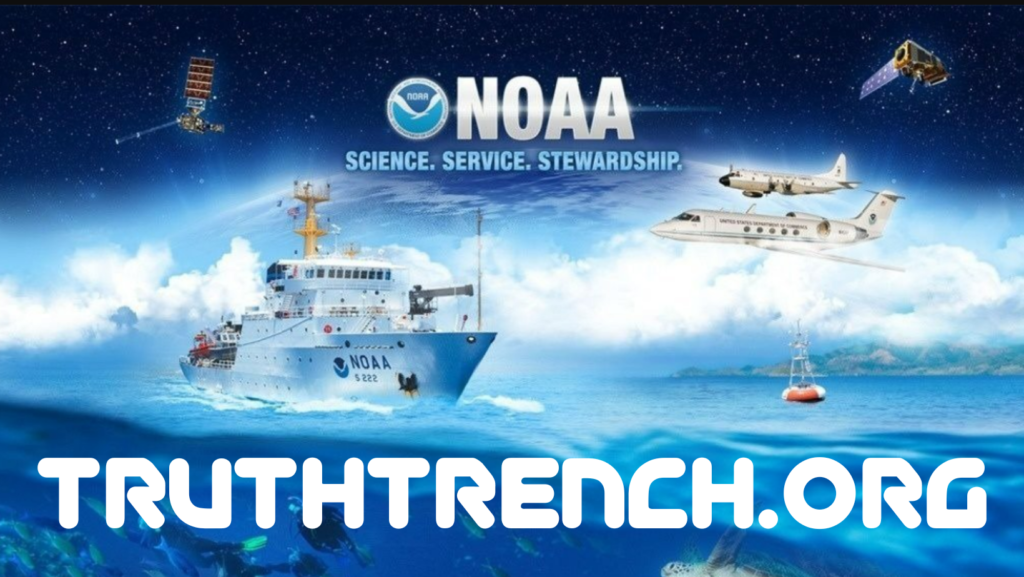The National Oceanic and Atmospheric Administration, commonly known as NOAA, is a renowned agency that plays a pivotal role in understanding and predicting the Earth’s ever-changing atmospheric and oceanic conditions. Established in 1970, NOAA has a rich history intertwined with the evolution of science, technology, and environmental awareness. This article delves into the fascinating history of NOAA, tracing its origins, major milestones, and its enduring commitment to protecting our planet.
To truly understand the formation of NOAA, we must step back in time to examine its predecessor agencies. The roots of NOAA trace back to the early 19th century when the U.S. Navy began collecting meteorological data. However, it wasn’t until 1870 that the U.S. Weather Bureau was officially established within the Department of War.
In the late 19th and early 20th centuries, various agencies played a role in oceanic and atmospheric research. Notable among these was the U.S. Coast and Geodetic Survey, established in 1807, and the U.S. Bureau of Commercial Fisheries, founded in 1871. These organizations conducted invaluable research and laid the groundwork for the future NOAA.
The idea of consolidating these disparate agencies into a single, comprehensive agency dedicated to studying Earth’s oceans and atmosphere took shape in the mid-20th century. The catalyst for this was the devastating Hurricane Carol in 1954, which exposed the need for better coordination in weather and hurricane forecasting.
In 1965, President Lyndon B. Johnson’s Science Advisory Committee recommended the establishment of a National Oceanic and Atmospheric Agency. However, it wasn’t until 1970 that President Richard Nixon signed an executive order creating NOAA as a separate agency under the Department of Commerce. This marked a significant turning point in U.S. environmental policy.
NOAA embarked on a journey of scientific discovery and environmental stewardship, with several key milestones marking its progress:
- Environmental Research Laboratories: NOAA’s Environmental Research Laboratories, established in 1970, brought together experts from various fields to advance climate, weather, and ocean research.
- Launch of GOES: The Geostationary Operational Environmental Satellite (GOES) program began in the 1970s, revolutionizing weather forecasting with real-time imagery.
- Ongoing Research and Discoveries: NOAA scientists played pivotal roles in understanding climate change, exploring deep-sea ecosystems, and monitoring natural phenomena such as El Niño and La Niña.
- Expansion of Fisheries Conservation: NOAA’s National Marine Fisheries Service has been instrumental in protecting and conserving marine life and habitats, enforcing fishing regulations, and promoting sustainable practices.
- Satellite Technology: The deployment of advanced satellite technology has greatly improved our ability to track severe weather events, study climate patterns, and monitor environmental changes.
Over the years, NOAA has faced numerous challenges, including budget constraints, evolving technology, and the pressing issue of climate change. However, it has continued to adapt and innovate. Notably, NOAA’s National Weather Service provides critical weather information and warnings to protect lives and property.
NOAA’s commitment to environmental stewardship has led to significant achievements, such as the preservation of marine sanctuaries, the successful prediction of major storms, and the development of cutting-edge climate models.
The National Oceanic and Atmospheric Administration’s history is a testament to human ingenuity and the relentless pursuit of knowledge. From humble beginnings to its present-day role as a global leader in environmental research and monitoring, NOAA has consistently risen to the challenges of our changing world. As we move forward into an era of unprecedented environmental challenges, we can look to NOAA as a beacon of hope, dedicated to understanding, protecting, and preserving our planet for future generations.
Truth Trench aggregates NOAA – Click here to view the latest.

